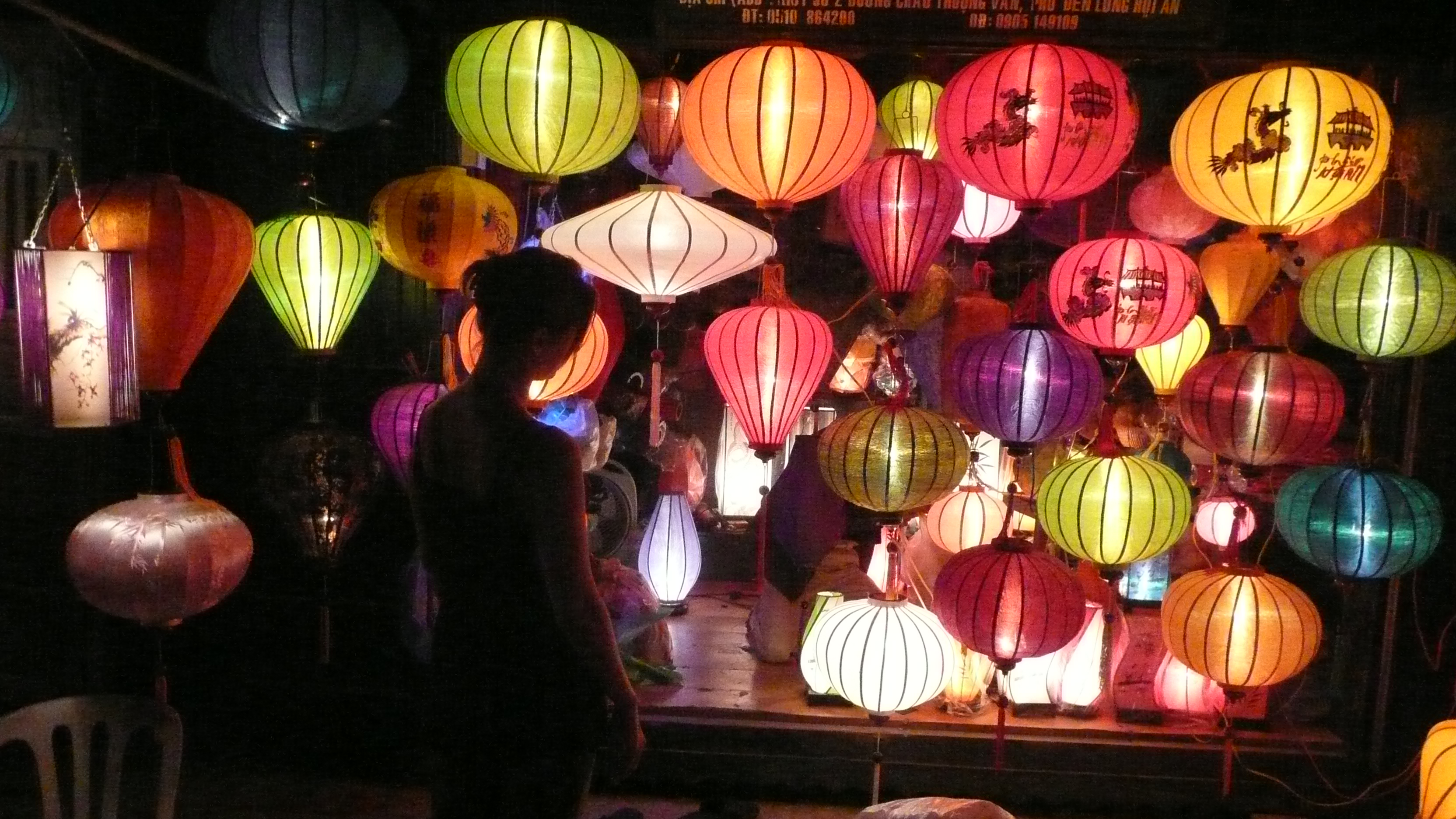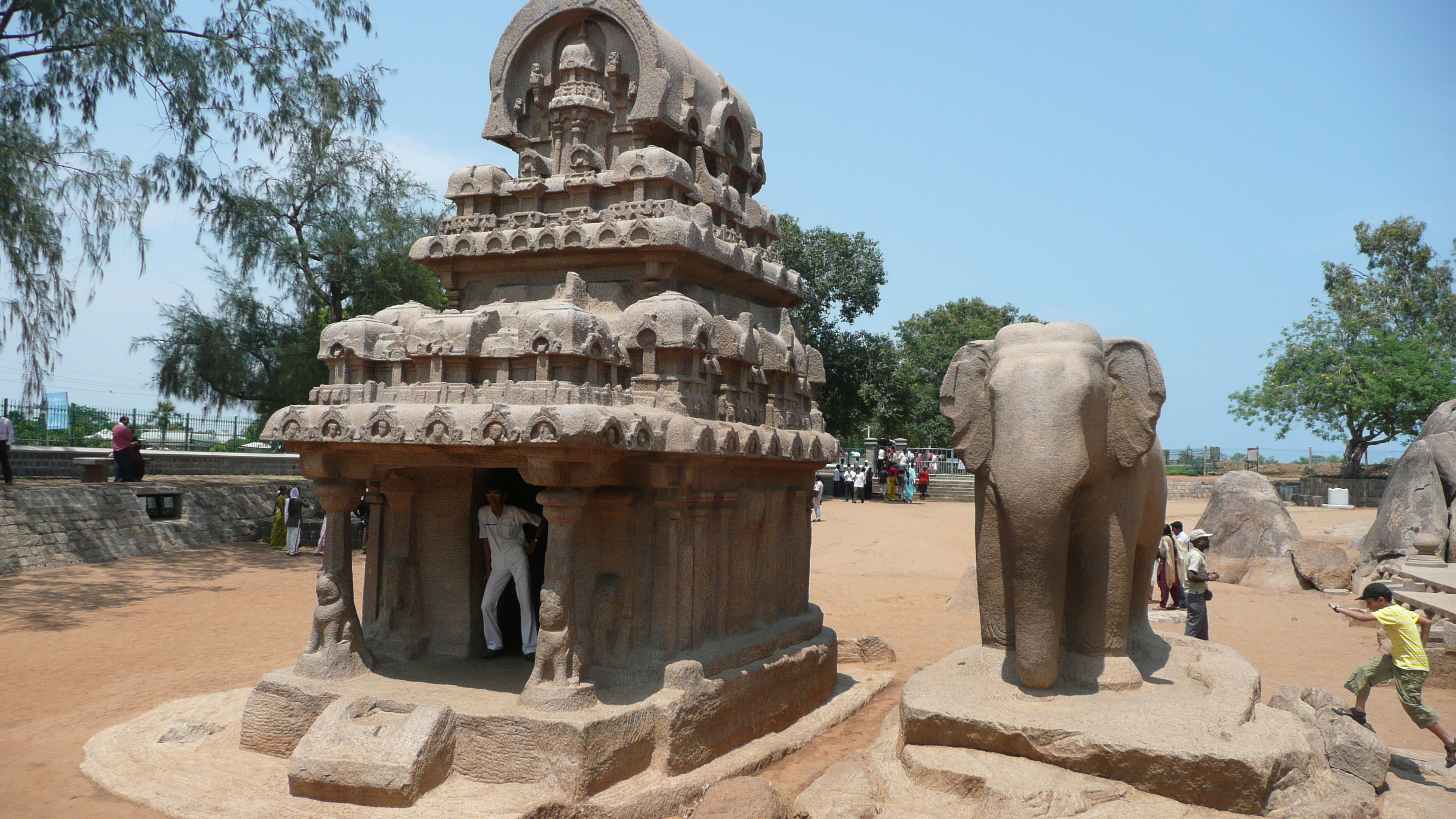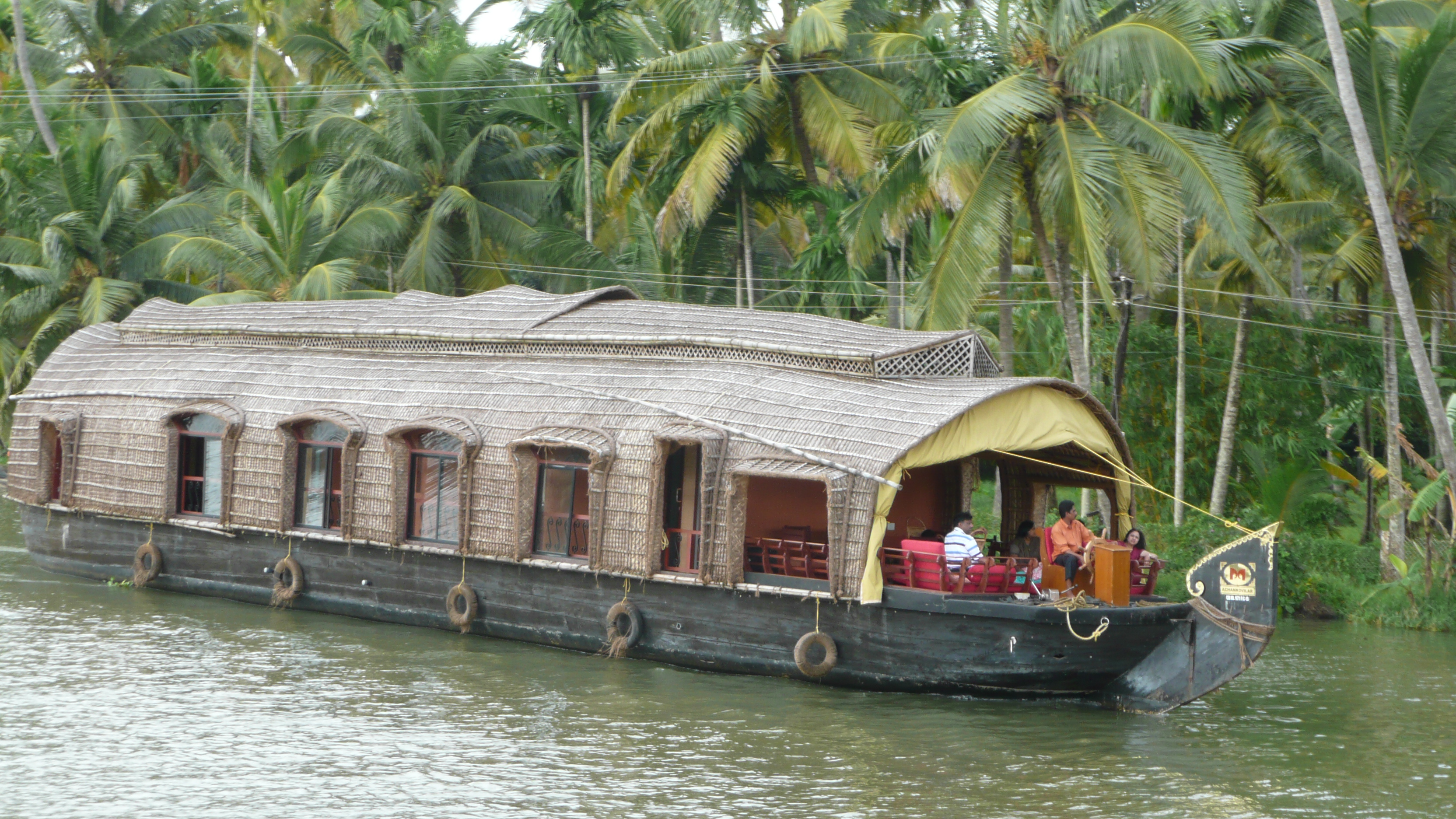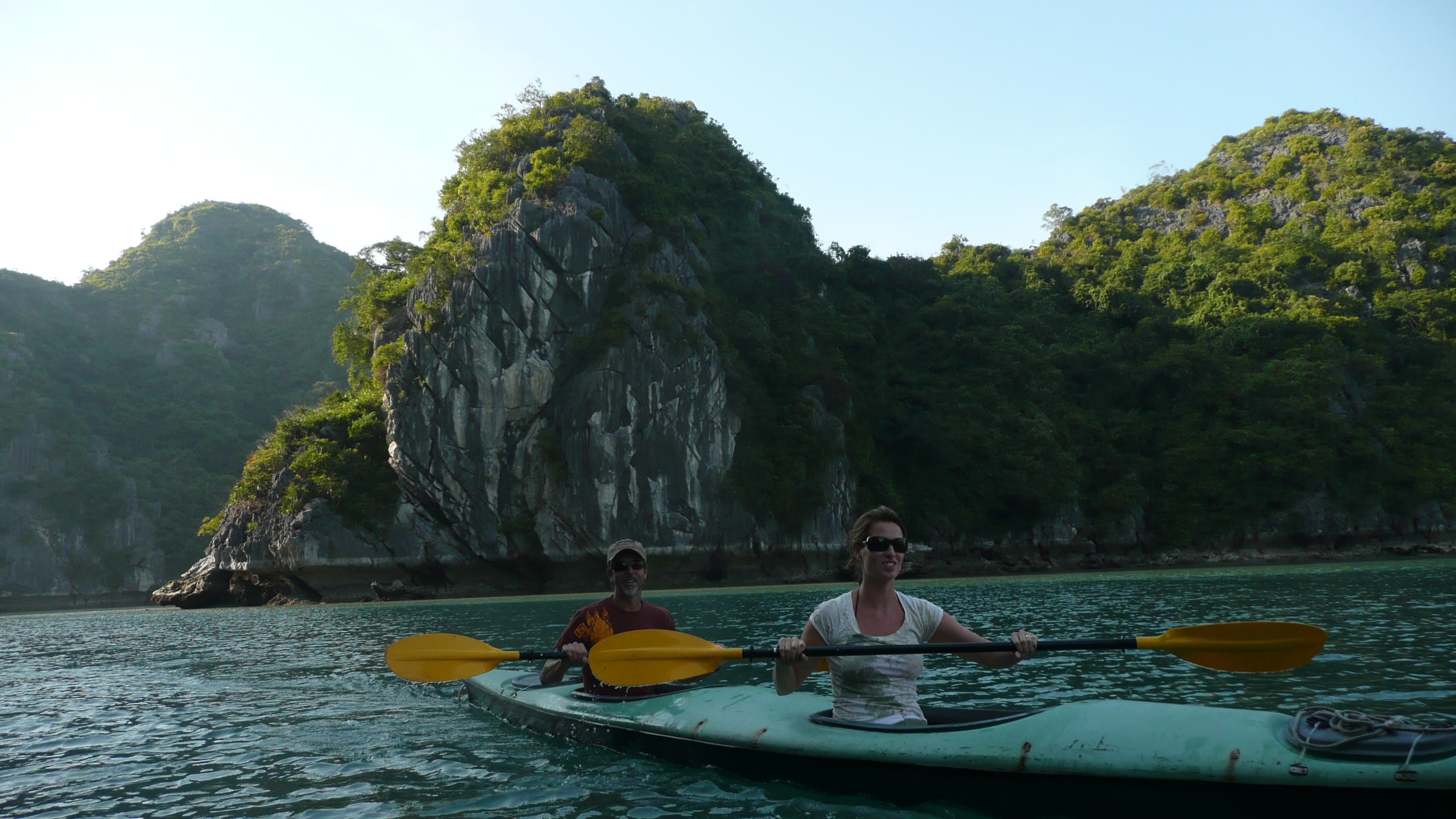India Part II – From the Temples of Tamil to the Beautiful Beaches of Goa
After a few weeks in Kerala Lila and I decided to head east to the French inspired city of Pondicherry (Pondy to the locals), located along the Bay of Bengal on the far side of the state of Tamil Nadu. We boarded our first of many buses that would eventually get us there, stopping off first in the temple town of Madurai.
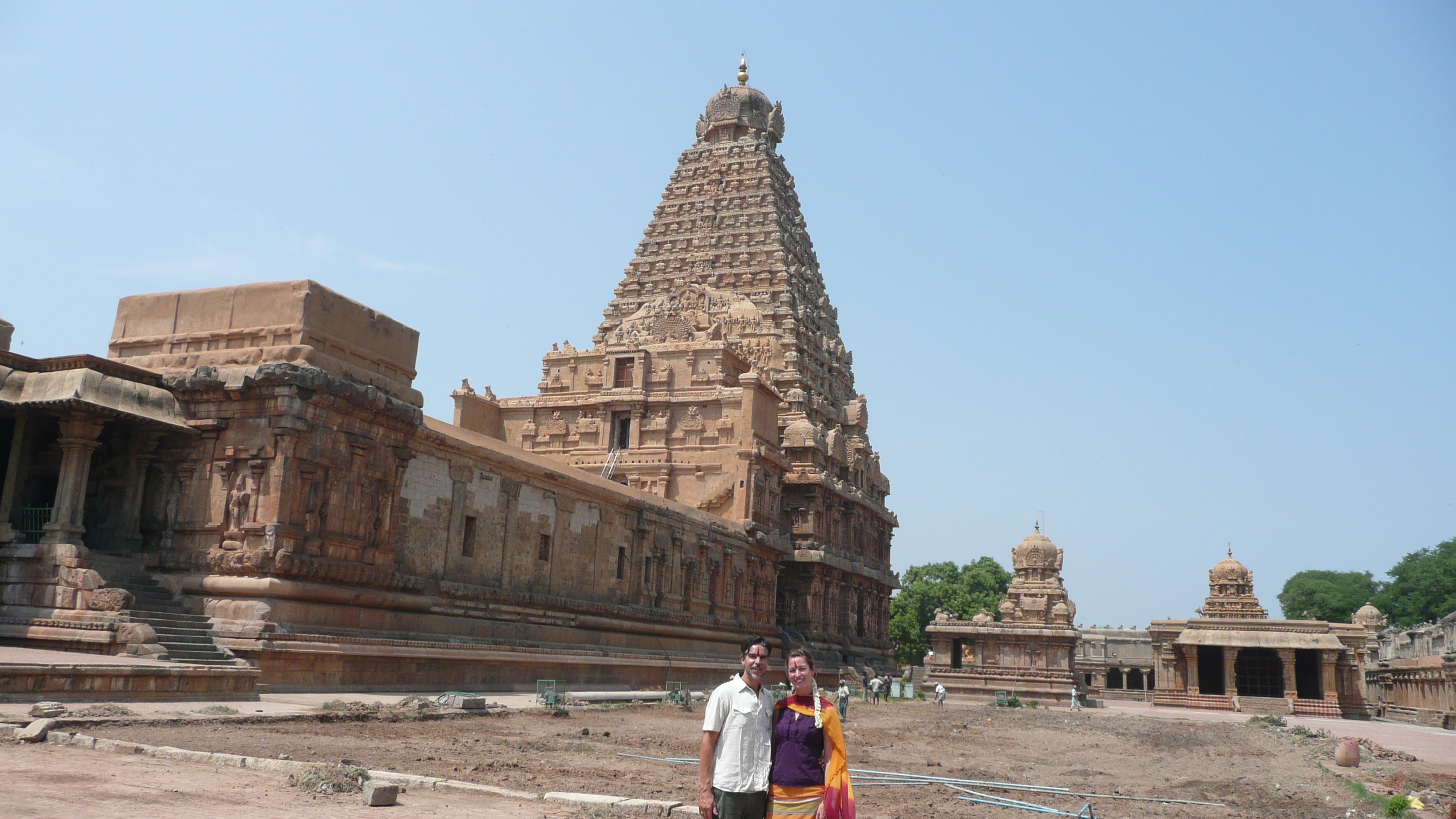
First of all, taking the bus in India is always a death defying experience. Apparently the buses only operate at full speed, even when going through busy residential areas, shopping districts, and school zones. With hands gripping the “oh shit” handles mounted on the seat backs in front of us, we cringed each time we narrowly missed a crossing cow, dog, old lady, or small child. The bus drivers honking manically the entire length of any trip. Usually being the only two gringos on board, we received a lot of attention from the rest of the passengers. Women placed babies in Lila’s lap, kids shared our road food, and we all smiled a lot and did our best to communicate despite the language barrier and shaky ride.
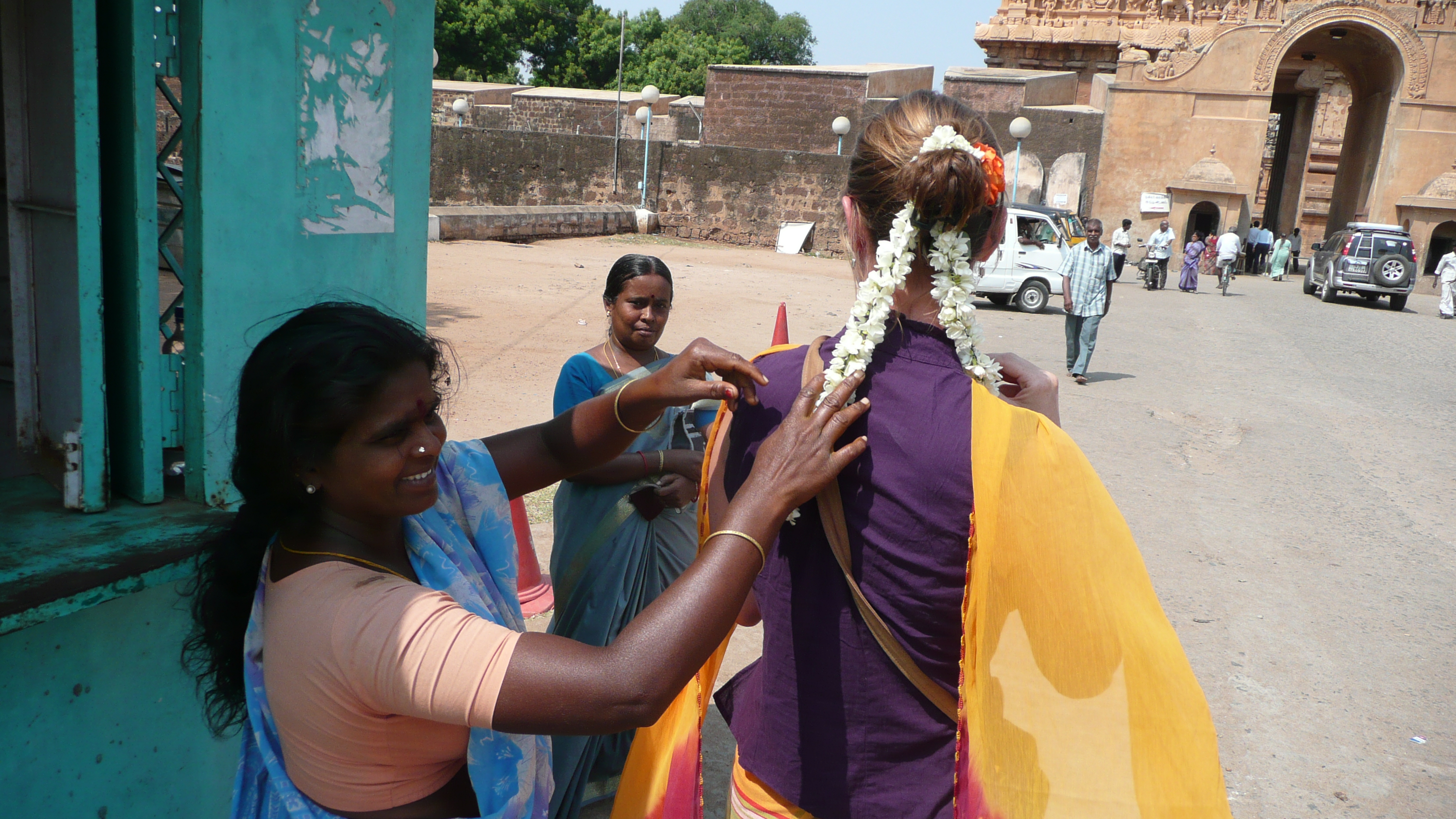
Arriving in Madurai in one piece, we set off to see the Meenakshi-Sundareswarar Temple, one of India’s most historic and beautiful Hindu temples. The temple complex, dedicated to Lord Shiva, sits in the middle of the city, its colorful towers carved with thousands of Hindu deities mark each of the four entrances. We spent the afternoon exploring the complex, strolling through the inner chambers with hordes of Hindu devotees, school children, and a small number of other tourists. The following day we went across town to visit the Gandhi Museum where the main display told the story of Mahatma Gandhi’s life and India’s struggle for independence from the British. In a glass case in the corner the blood stained dhoti that Gandhi wore when he was assassinated sits on display.
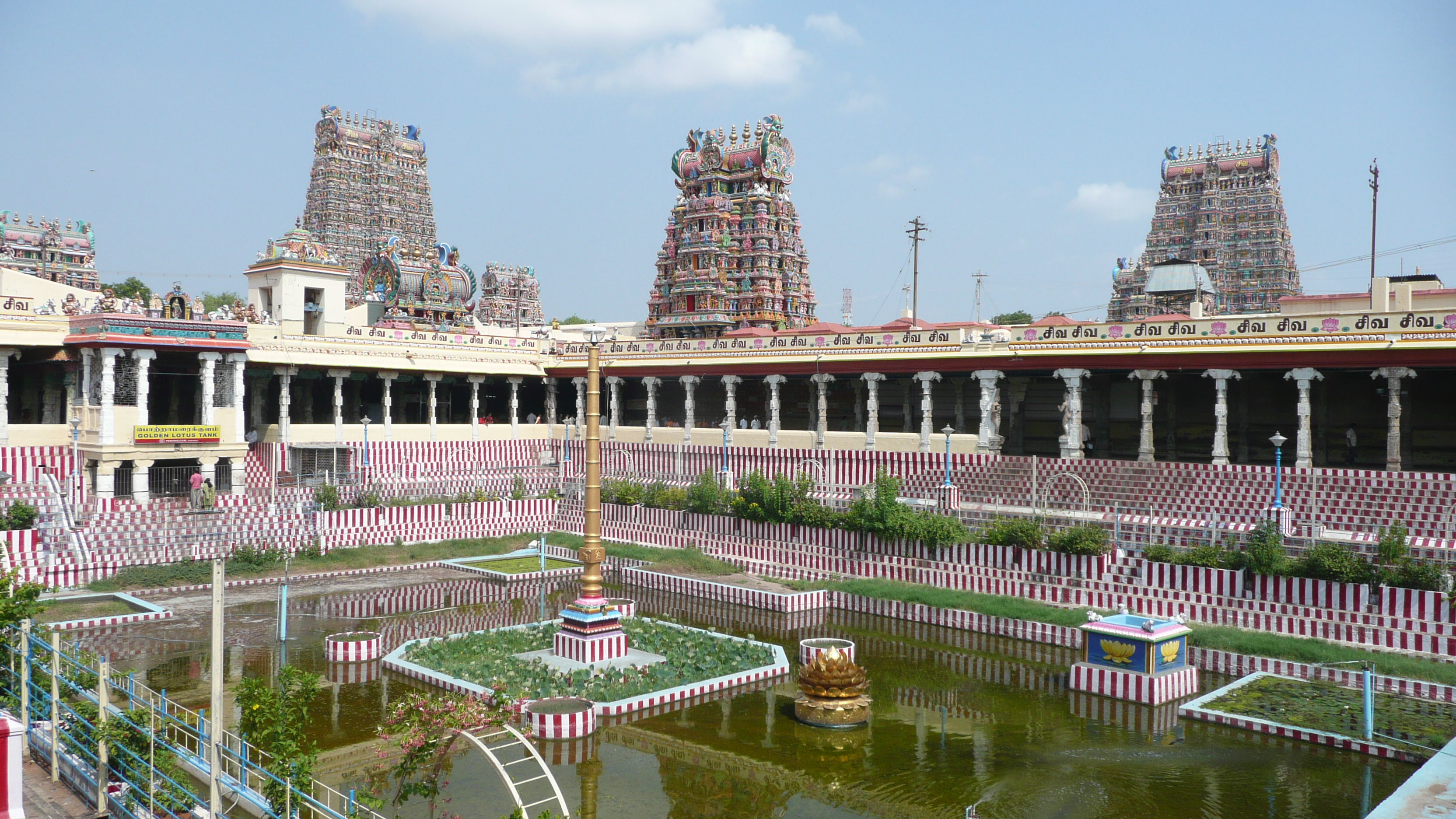
From Madurai we boarded another bus and headed further east to the small city of Thanjavur for a peek at the Brihadishwara Temple, an amazing first century granite temple and UNESCO World Heritage Site. For a handful of rupees we hired a local guide to show us around. Just through the main gate and we were greeted by the temple elephant, lavishly decorated and adorned with paint and jewels. I held a coin in my hand, which the elephant took with his trunk, bowed my head to receive my blessing as he gently lay his trunk upon the top of my head. Lila, being weary of the beast, bolted quickly when her turn came up. The temple was not as brightly painted but equally ornate and somehow even more interesting as I imagined it looking exactly the same for thousands of years.
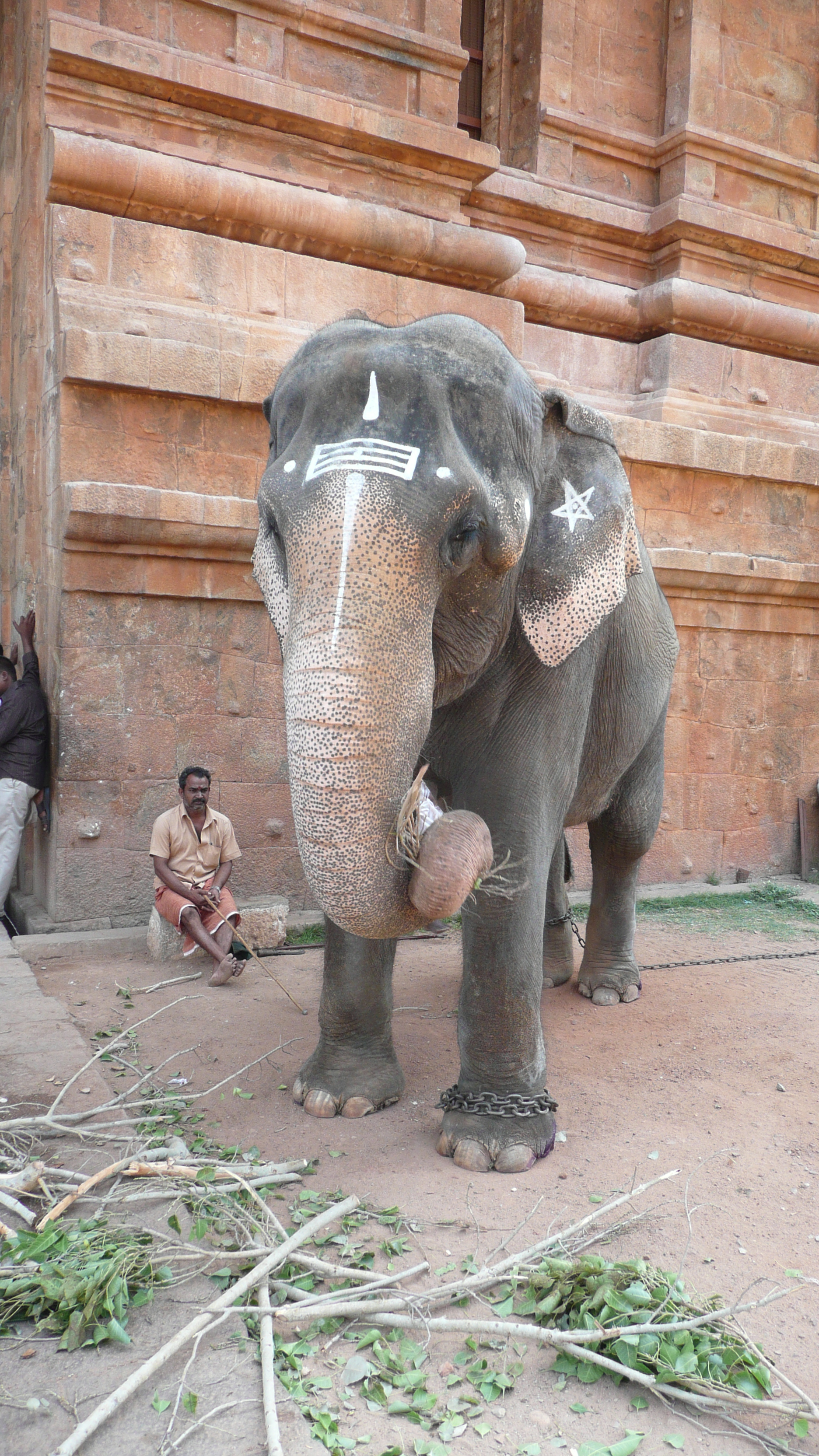
At last we arrived in Pondicherry, once an important trading port city controlled by the French, the wide streets and architecture a throwback to a colonial time long past but not forgotten. We checked into the Swades Guesthouse, located in the Muslim Quarter, and wandered out to explore the city. Just blocks away we strolled among the small shops and cafes in the French Quarter, a narrow strip of tree lined streets that ended at the water. On the opposite side of town, just further north, we were back in the Hindu Quarter, full of busy streets, endless shops, street stalls, and Tuk Tuks. The following day we visited the Shri Aurobindo Ashram. Shri Aurobindo, a contemporary of Mahatma Gandhi’s, was a revolutionary, poet, and mystic still much revered in Indian society today. We spent the rest of the week having coffees and morning chats with two sisters from Idaho now living in Pondy and running a cool little coffee house, taking yoga classes at Yoga Milan, strolling the waterline, and trying to stay out of the scorching heat of the day.
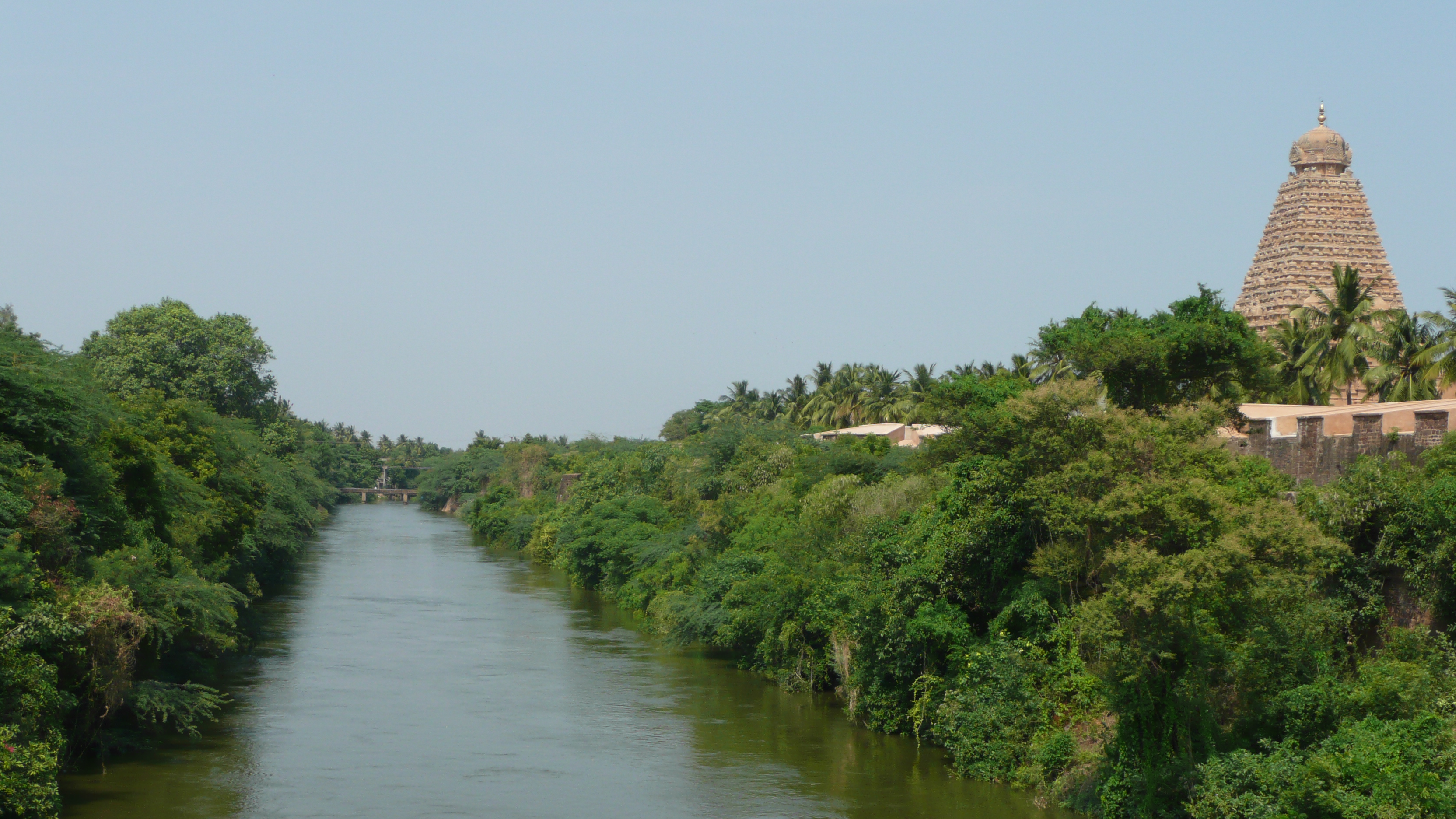
After a week of rest, we took yet another bus just a few hours north to the beach side town of Mamallapuram, famous for its monolithic rock carvings and picture perfect shore temple. A once rural fishing community now built up into a small tourist hub, Mamallapuram is full of restaurants, bars, and beach side guesthouses. The beach lightly populated with local fishermen pulling their catch ashore while their peers cleaned and repaired nets among the colorful fishing boats. At the far end of the beach sat the shore temple, calling believers to shore for centuries. Just south west of the temple, at the base of a towering lighthouse, we explored a park full carvings and rock-cut shrines where the devoted have come to pray for generations. Families and tourists filled the park and we all were enthralled by the amazing relief’s of elephants, monkeys, nymphs, and gods carved into the huge granite boulders that bordered the park. Pancha Pandava Rathas, another site located due south, contained more incredible carvings, including two of my favorites, a lion and a life-size elephant. Today stone cutters still ply their craft in town where statue shops seemed to outnumber the restaurants and hotels.
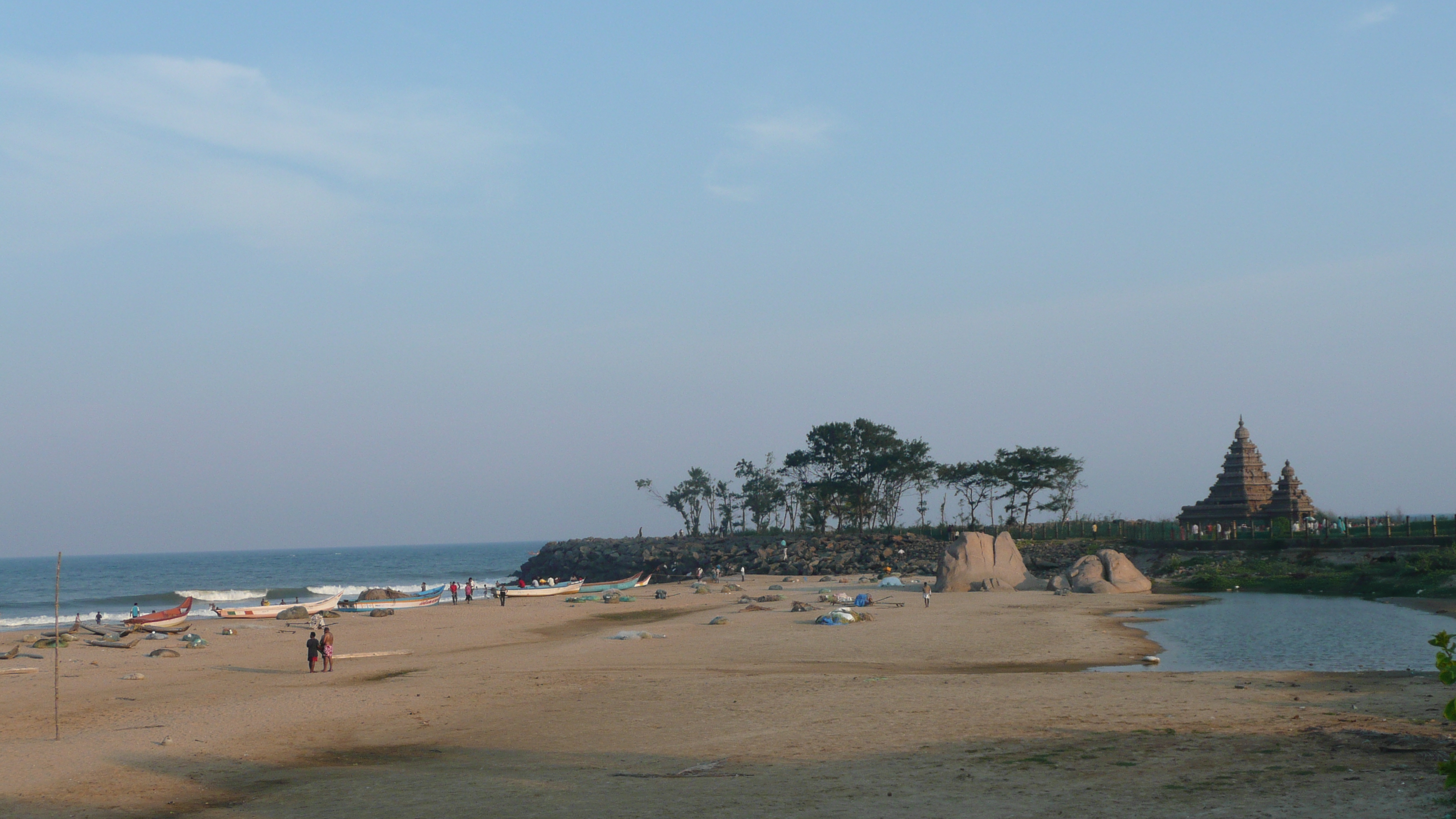
From Mamallapurram we headed up to Chennai where we bordered a plane to Goa, the state located back on the west coast and just above Kerala. Well known to Western party goers for the pristine beaches and chilled out vibe. In the early seventies my parents generation made it to Goa first, looking for spiritual enlightenment, cheap thrills, and even cheaper living. Apparently not much has changed.
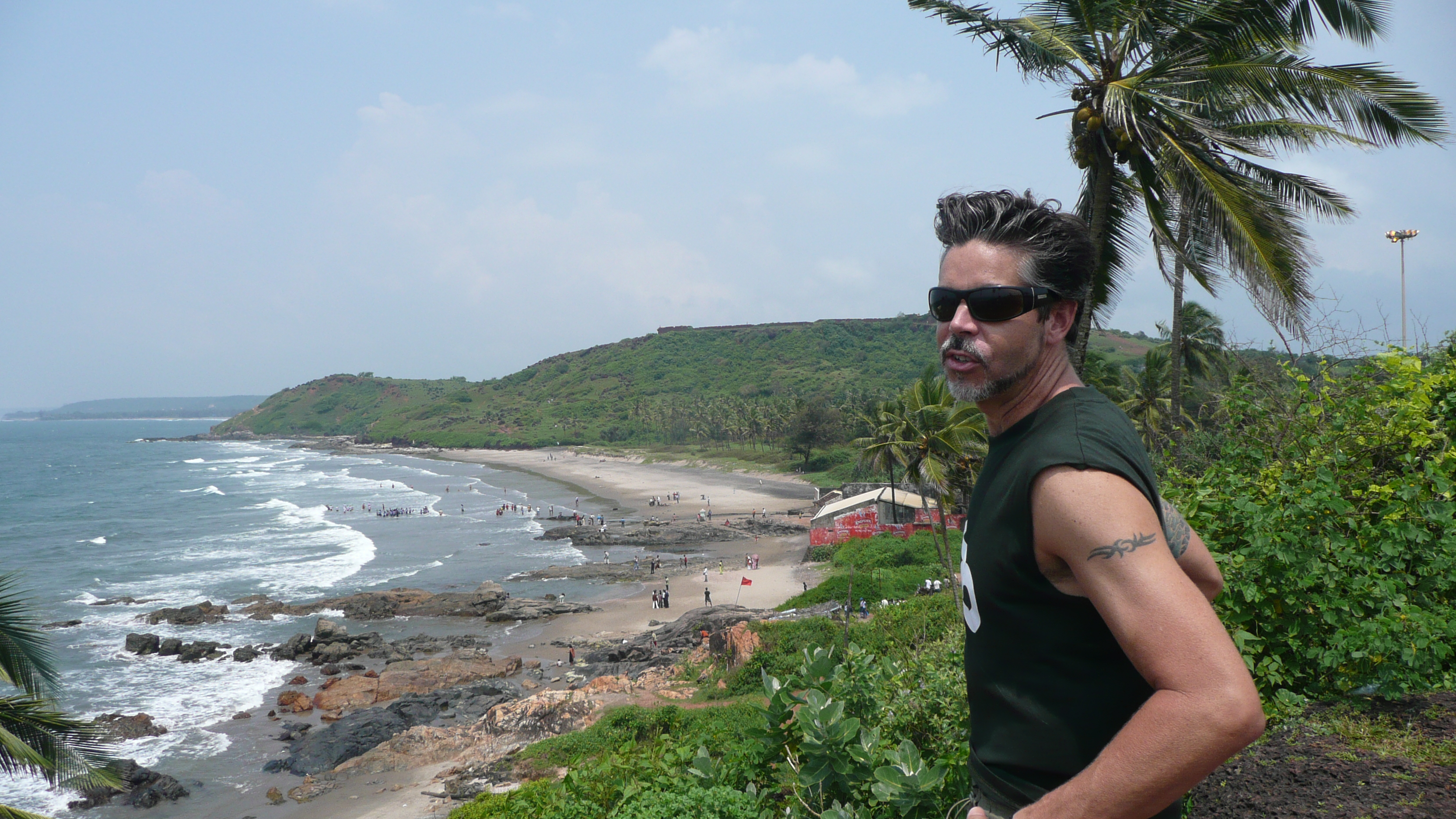
Our first stop in Goa was the old Portuguese port town of Panjim (or Panji). Set back from the coast and situated along side the Mandovi river, the small city itself is a interesting detour from the rest of Goa. The Portuguese inspired architecture and cuisine, abundance of Catholic churches, and narrow winding lanes made us feel like we had suddenly been transported to a European city of ages past. We decided to spoil ourselves for a few days and checked into The Panjim Inn, a villa style hotel with all of the amenities. Being the slow season, tourists were sparse and town was slow. We spent our time meandering among the quaint streets and hilly lanes above town, checking out the temples and churches, and sampling the local eats.
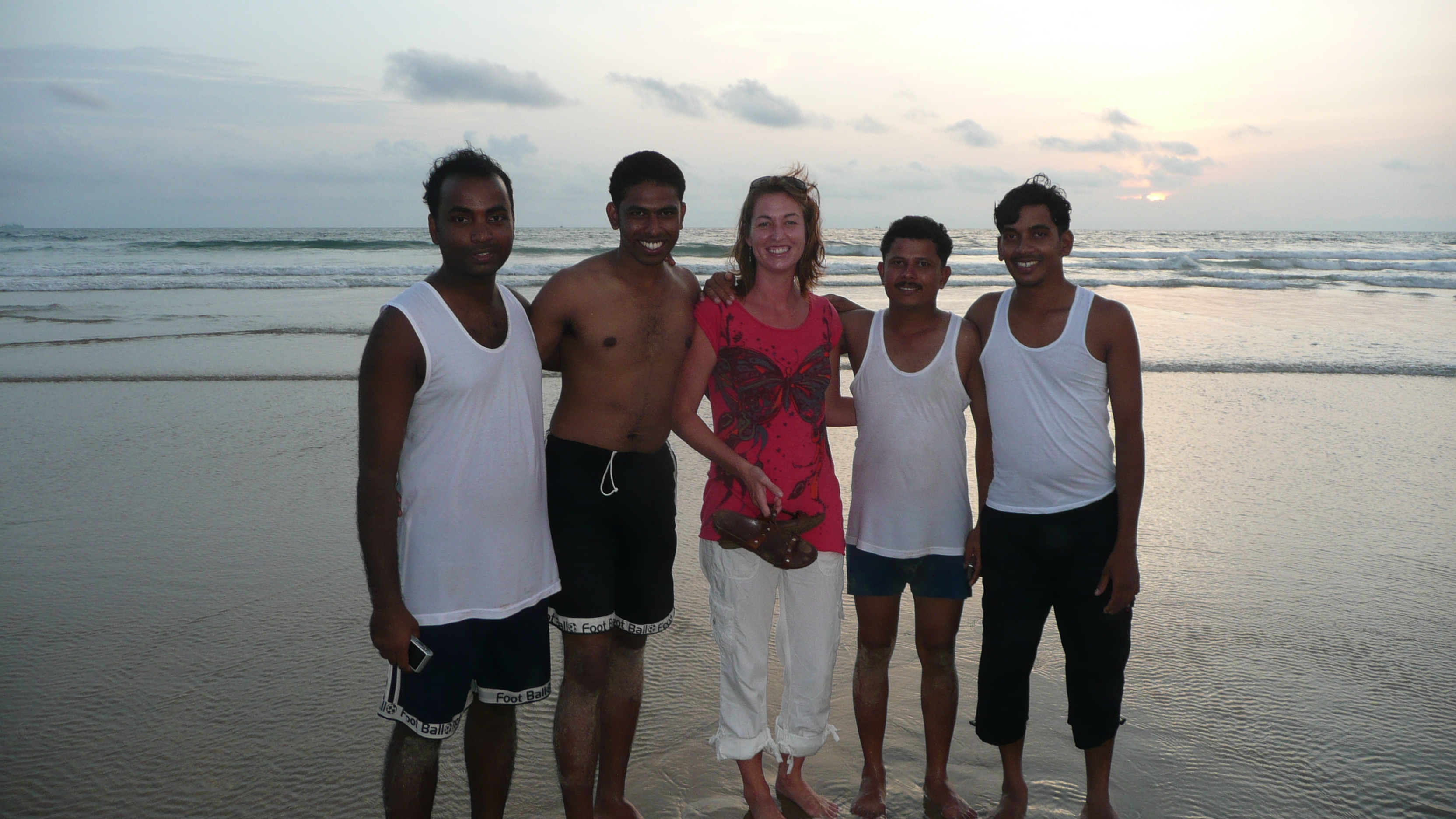
We spent the remaining time in Goa at the beach, where we rented a scooter for a few days and made the rounds. First stop Anjuna, a wide stretch of beach with all the basic tourist needs – restaurants, cheap guesthouses, and bars. The water was a bit rough while we were there, so we didn’t get the pristine part, but the country side was beautiful and we made full use of our moto exploring all of the small towns along the coastline. Next we moved on to Baga. With a better beach front full of restaurants (and drunken Hindus), we mingled with the Indian tourists and actually had a chance for a swim, some good meals, and more time zipping about on two wheels.
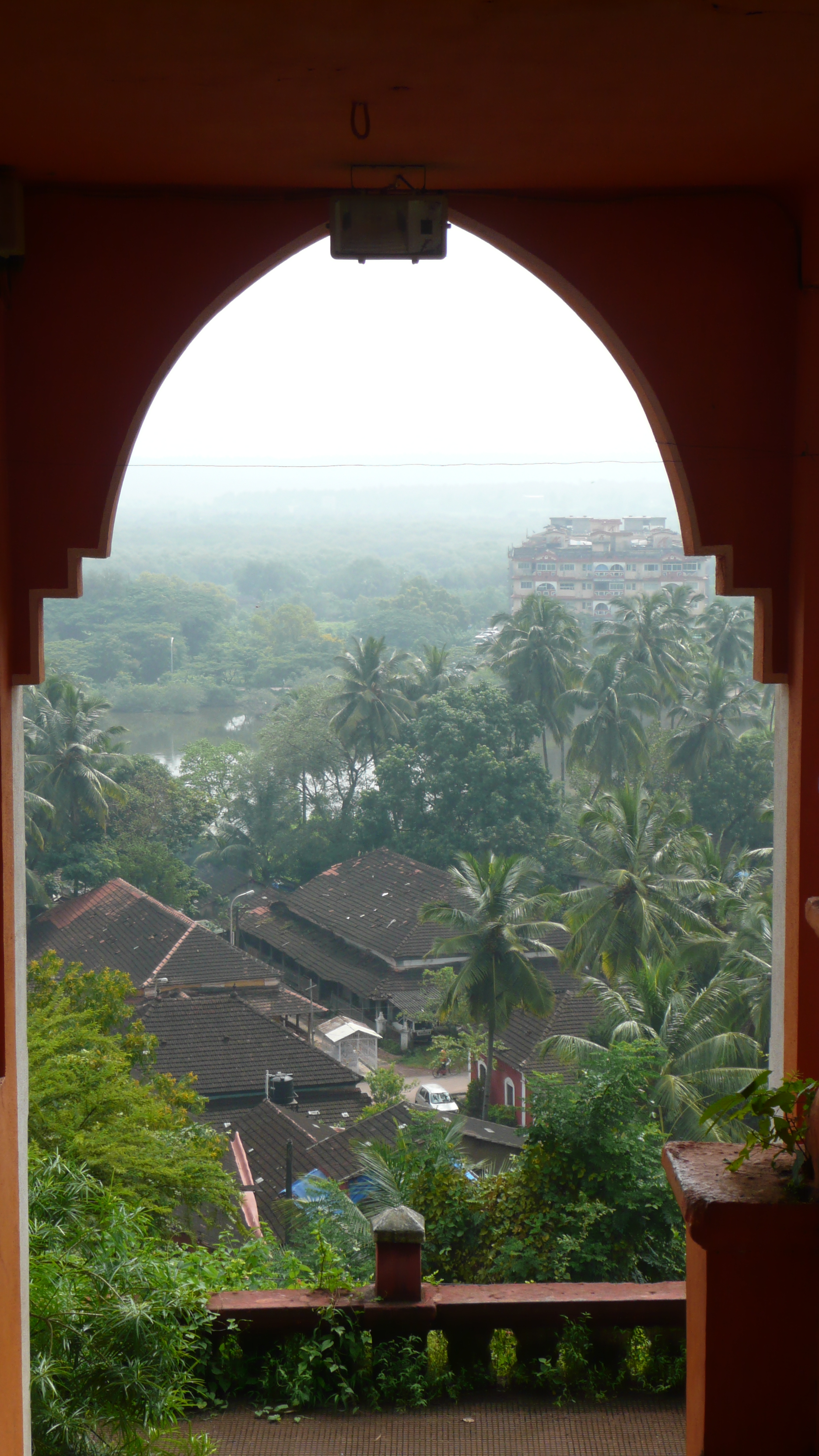
Next we headed further north and into an entirely different world – Rajasthan. More to follow…
Click here for our India photos.


